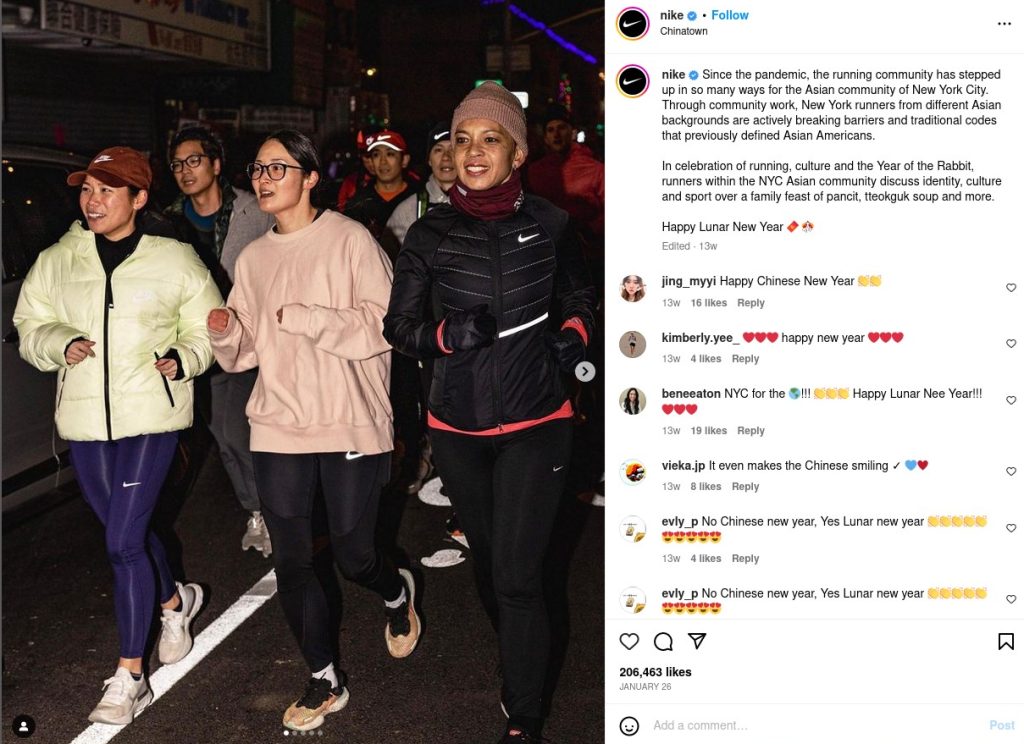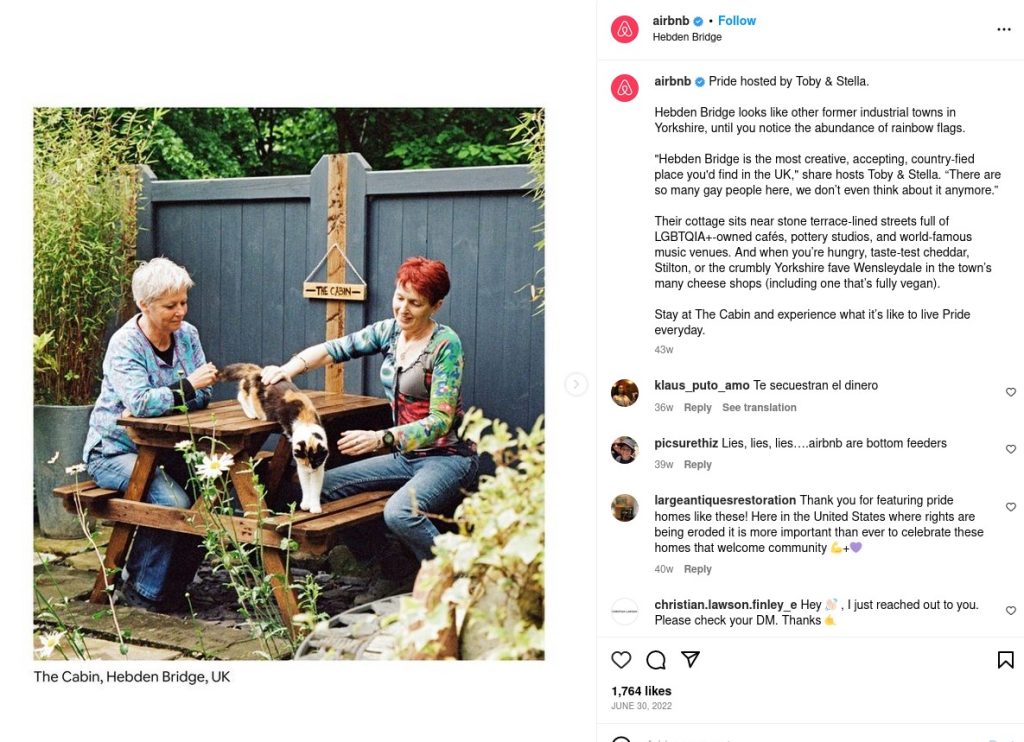Building a Strong Brand on Social Media: Strategies and Case Studies

In today’s digital age, building a strong brand on social media is more important than ever. It allows businesses to connect with customers on a personal level, increase brand awareness, and drive sales. SeedX is here to help you understand the strategies and techniques to build a robust online presence and explore successful case studies to inspire your brand’s social media journey.
To learn more about these strategies and techniques and how to use them, consider pursuing a certificate in marketing from AMA.
Coming up:
What is Social Media Branding?
Strategies for Building a Strong Brand on Social Media
Social Media Branding Case Studies
What is Social Media Branding?

Social media branding is the art of crafting a unique identity and image for a product, service, or company on various social media platforms. It sets your brand apart from the competition by utilizing a blend of tangible and intangible elements, such as name, logo, tagline, messaging, and overall customer experience.
In today’s digital age, social media has revolutionized the way businesses interact with their audience. It provides an invaluable platform for brands to connect with customers on a personal level, fostering genuine two-way conversations. This dynamic interaction not only humanizes your brand but also helps establish trust and loyalty among your customers.
By harnessing the power of social media, brands can effectively build brand awareness, increase customer loyalty, and drive sales. A strong online presence is essential for creating a memorable brand experience that resonates with your target audience and leaves a lasting impression. Through engaging content, creative storytelling, and consistent messaging, social media branding helps transform casual followers into passionate brand advocates.
Strategies for Building a Strong Brand on Social Media

1. Define Your Brand Identity
Defining your brand identity is the foundation for building a strong brand on social media. This process involves determining your brand values, mission, target audience, and unique selling proposition (USP). A clear brand identity will help you create a consistent message across all social media channels.
For example, Apple, which is often touted as a model of excellent branding, consistently communicates its core values of innovation and simplicity through its visual and written content on social media platforms.
2. Create a Content Strategy
A well-crafted content strategy is essential for resonating with your target audience and aligning with your brand identity.
This involves creating a content calendar, optimizing your content for each social media platform, and measuring the effectiveness of your content.
For instance, a fitness brand might post workout tips on Instagram, share healthy recipes on Pinterest, and engage with followers through Q&A sessions on Facebook Live.
3. Engage Your Audience
Engaging your audience is about fostering a two-way conversation with your followers. This includes responding to comments and messages, running social media contests, and encouraging user-generated content (UGC).

For example, Starbucks regularly engages with its followers on Instagram by liking and responding to comments, while also sharing UGC that features their products in creative and unique ways.
4. Collaborate with Influencers
Influencer collaborations are a popular way to build brand awareness on social media. Partnering with influencers who embody your brand’s values and aesthetics is essential for creating authentic connections with your target audience. These influencers have a large following and can help increase brand visibility, credibility, and trustworthiness.
For example, beauty brand Tarte Cosmetics often collaborates with makeup artists and beauty influencers on YouTube and Instagram who align with their eco-friendly and cruelty-free values. By showcasing their products through tutorials and product reviews, Tarte Cosmetics reaches a wider audience that shares similar interests and values.
When choosing influencers for collaborations, consider the following factors:
• Brand alignment: Ensure the influencer’s values, aesthetics, and content align with your brand’s identity. This will create a natural and authentic partnership that resonates with both the influencer’s and your brand’s followers.
• Audience demographics: Analyze the influencer’s audience demographics to ensure they align with your target market. This helps in reaching the right audience who are more likely to engage with your brand.
• Engagement rate: Look for influencers with high engagement rates, as this indicates a more active and loyal audience. Partnering with influencers who have genuine interactions with their followers can result in higher conversions for your brand.
• Authenticity: Choose influencers who have a history of genuine and honest content. Followers are more likely to trust influencers who consistently provide authentic recommendations and maintain transparency with sponsored content.
By strategically selecting influencers who embody your brand values and connect with your target audience, you can create successful and authentic collaborations that drive brand awareness and foster loyalty on social media.
5. Measure Your Results
Measuring your social media results is essential for understanding the effectiveness of your strategy and making data-driven decisions.
It involves tracking metrics such as engagement, reach, and conversion rates, and using this data to adjust your strategy.
For example, if your Instagram posts receive more engagement during the evenings, you might schedule your content to be published during that time to maximize your reach and engagement.
Social Media Branding Case Studies

1. Nike
Nike, a leading global sports brand, has successfully cultivated a powerful presence on social media by employing a strategic approach.
Nike’s social media strategy focuses on creating a strong brand identity that resonates with their target audience.

By leveraging user-generated content, such as photos and videos of customers wearing their products, Nike fosters a sense of community and encourages brand loyalty.
Additionally, Nike collaborates with well-known athletes and influencers, such as Serena Williams and Cristiano Ronaldo, to showcase their products and inspire fans to “Just Do It.”
2. Wendy’s:
Wendy’s, a popular fast-food chain, has gained a significant following on social media by establishing a unique brand voice that is both humorous and witty.

This distinctive tone has set Wendy’s apart from its competitors and made their social media presence highly engaging.
For example, Wendy’s often responds to customer comments and tweets with playful banter and clever comebacks, which has garnered widespread attention and even sparked viral hashtag challenges like #NuggsForCarter.
3. Glossier
Glossier, an innovative beauty brand, has gained a loyal following on social media by fostering a community of brand advocates and leveraging user-generated content.
Glossier’s social media strategy revolves around creating a simple yet recognizable brand identity that appeals to their target audience.
By collaborating with influencers and using them to promote their products, Glossier has been able to generate buzz and expand their reach.

Additionally, Glossier encourages their followers to share their experiences with the brand, creating engaging content and authentic testimonials that resonate with potential customers.
4. Airbnb
Airbnb, a prominent travel platform, has built a strong brand on social media by crafting a unique brand voice and harnessing the power of user-generated content.
Airbnb’s social media strategy centers around showcasing one-of-a-kind, inspiring travel experiences, which appeals to their target audience’s sense of adventure.

By engaging with their community and sharing stories from travelers, Airbnb creates a sense of belonging and fosters loyalty among its users.
Furthermore, Airbnb collaborates with influencers to highlight exceptional travel experiences and promote their platform, expanding their reach and solidifying their position as a leader in the travel industry.
Conclusion

Building a strong brand on social media entails a comprehensive approach that includes defining your brand identity, creating a content strategy, engaging your audience, collaborating with influencers, and measuring your results.
Consistency is vital in this process, as it ensures a cohesive brand identity and message across all social media channels.
As social media continues to evolve, brands must stay up to date with the latest trends and technologies to remain relevant. Taking a course like this digital marketing advanced course is a great way to do this.
In the future, branding on social media will likely involve increased personalization, augmented reality, and the use of chatbots to enhance the customer experience, offering more opportunities for businesses to connect with their audience and thrive in the digital landscape.
When it comes to digital marketing and social media branding, SeedX is your go-to partner for success. Our team of experts specializes in formulating and executing bespoke social media strategies tailored to your brand’s unique needs.
With our experience and proven methods, we help businesses like yours create powerful brand identities that resonate with your target audience.
Don’t leave your brand’s online reputation to chance. Partner with SeedX and watch your brand thrive in the dynamic world of social media marketing. Connect with us today to discuss how we can elevate your brand to new heights.








